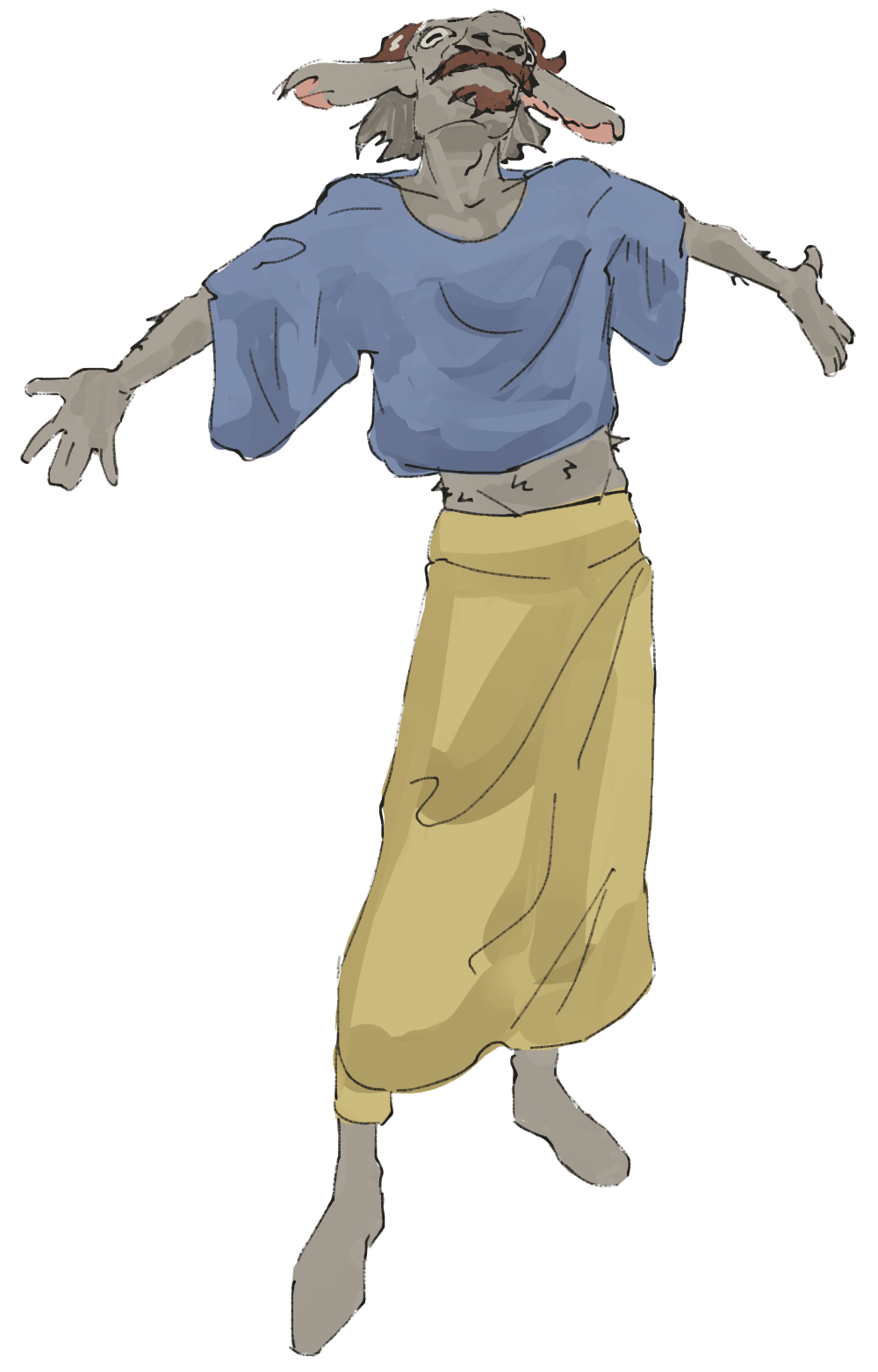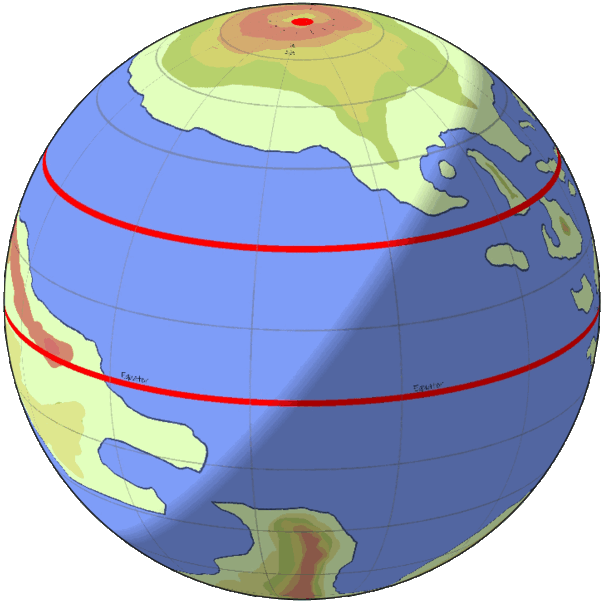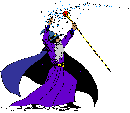Pages
World building is my passion


Planet Page
The planet is the first thing I worked on when making my OCs. It is the foundation of my characters and story. It spins on a 90 degree angle rather than earths 23 degree angle which changes the day night cycle drastically.

Gods Page
The gods are very fun to work on and the driving plot behind the story. It is a little complicated so I made a short explanation comic to put down all my thoughts.

Magic Page
The gods are very fun to work on and the driving plot behind the story. It is a little complicated so I made a short explanation comic to put down all my thoughts.

Countries
All the countries in the main continent.